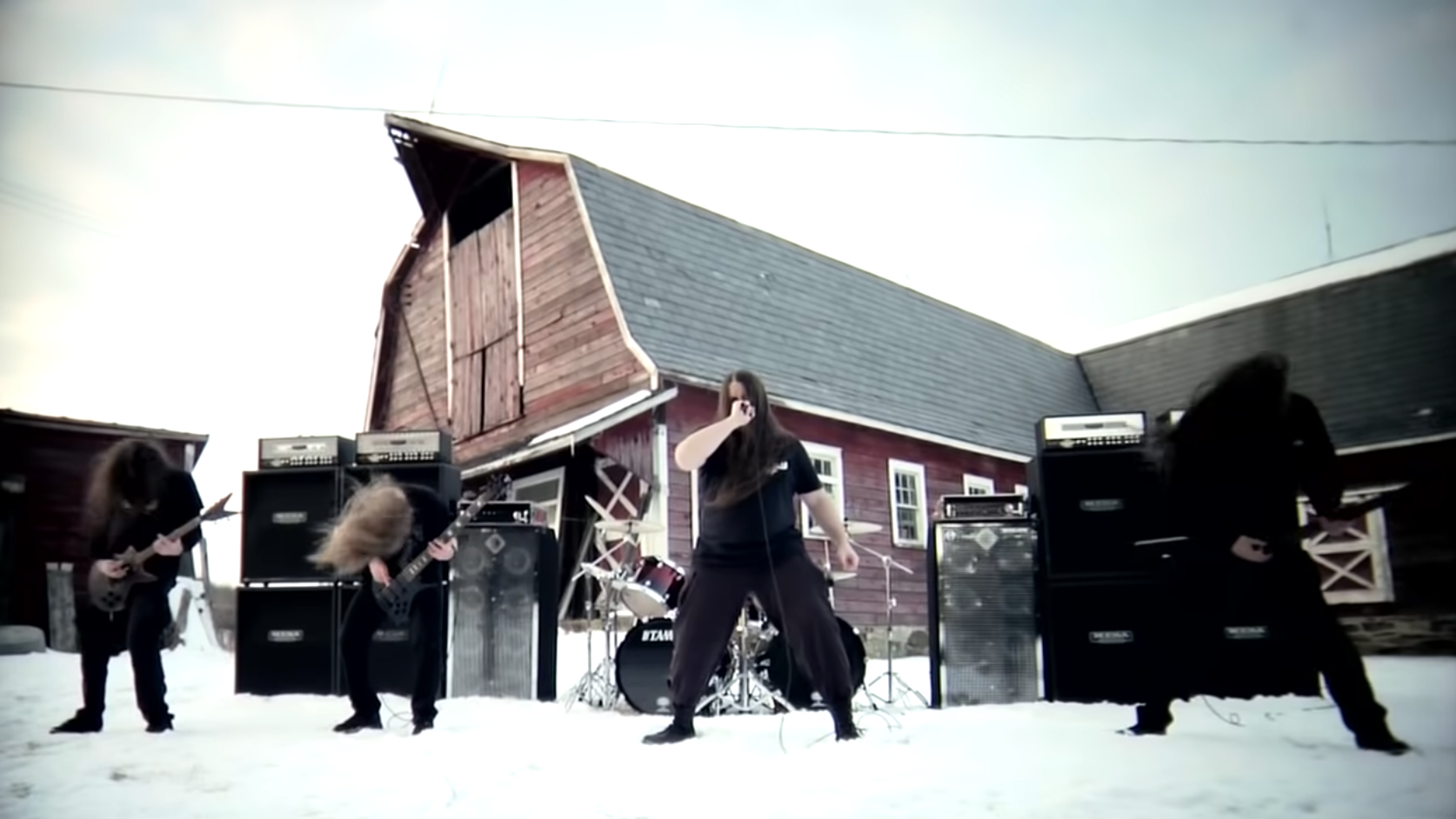Vitrified Brain: A stunning find at Pompeii or a new Cannibal Corpse album?
Pop quiz, hotshots: is "ancient human brain remains, vitrified by heat" a new Corpsegrinder lyric or a fascinating archeological discovery?
Aux Features Pompeii
The volcanic eruption at Mount Vesuvius in 79 CE was absolutely brutal—we’re talking rivers of lava, superheated ash clouds, falling mountain debris, and flash temperatures that instantly killed at least 2000 people in and around the Roman villages of Pompeii and Herculaneum. It’s one of the best documented natural disasters in human history, particularly thanks to the recounting of eyewitness Pliny the Younger, whose descriptions can best be summarized as (forgive us, our Latin is a little rusty) “metal as fuck.”
All this to say, one could be easily forgiven for thinking the phrase “ancient human brain remains, vitrified by heat,” was a lyric from death metal legends, Cannibal Corpse, rather than a stunning archeological discovery published by The New England Journal of Medicine.
“Cerebral tissues in human remains are rare archaeological discoveries,” begins the scientific article, explaining that brains’ triglycerides are usually converted into glycerol and fatty acid salts, or soap…“Brain soap” being another phrase that’s as likely growled by Corpsegrinder as it is typed by forensic anthropologists like Pier Paolo Petrone at the University of Naples Federico II, who co-authored the journal article. What makes this brain even rarer is exactly how it came to be preserved.
“Vitrification refers to tissue that has been burned at high heat and turned into glass or a glaze. In this victim, these vitrified remains also encrusted the surface of the skull,” Petrone told Vice in an article from last year. The resultant shards of brain glass—seriously, someone needs to forward all this along to Cannibal Corpse—are as eerily beautiful as they are horrifying, resembling something like glittering obsidian instead of, y’know, hunks of human cerebellum.
The discovery of ancient human brain matter marks the first time any has been discovered preserved via vitrification thanks to a volcano’s 950-degree heat. “Given that the team had already found fractured skulls and vaporized blood at another Herculaneum site, Petrone recognized the substance as yet more evidence that Mount Vesuvius literally exploded the heads of many of its victims,” reports Vice, a sentence we are already matching to the blast-beats in our heads.
It’s probably important to note that both the scientific article and its accompanying Vice follow-up are from January of last year, but made the rounds once again this week thanks to social media, and as our own Reid McCarter notes, “Tbf brain glass is pretty timeless.” Both a literal and figurative sentiment, it would seem.
Send Great Job, Internet tips to [email protected]
3 Comments
What a pointless take on an interesting story.
And if song lyrics are the angle you had to approach from, why not a shout instead to this retelling of the eruption:
Actually the pathology and terminology is more akin to CARCASS (pysofied lysergic slop) than it is Cannibal Corpse, but I’m just stoked to see death metal in the news or an article news adjacent.